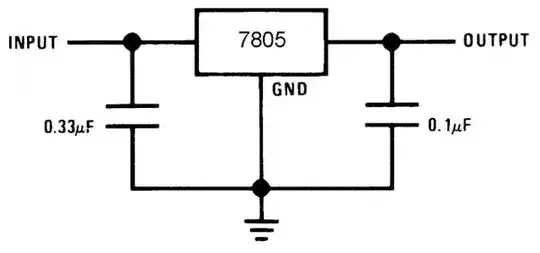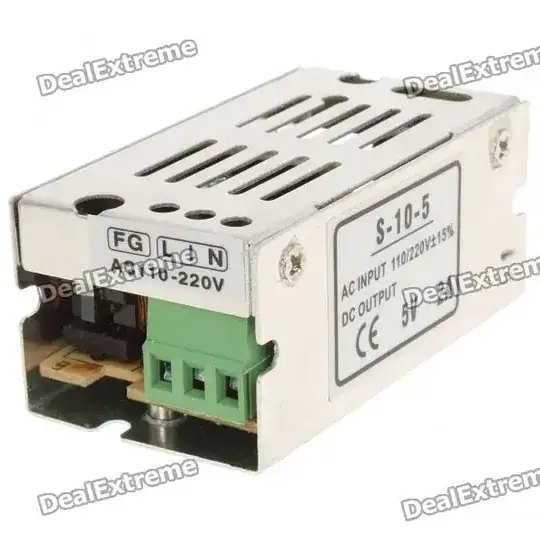This is an old post I just stumbled on however. Lets get something straight,
Switch mode power supplies are fine until you use them with an audio device (Radio, MP3 player etc.) Switch mode power supplies generate noise, lots of noise. In fact LF and HF radio are nearly impossible now because of them. It is easy to clean the Power supply output with a Zener, inductors and capacitors; also needed is possible ferrite cores on in and out leads and a screened case. Too much trouble?
Using a regulator (voltage dropper) is a better idea but the difference between input voltage (DC) and output voltage multiplied by the drawn input current will give you the power demanded. This power has to be dissipated as heat through a heat sink.
In the case of a Raspberry Pi being powered by some kind of regulator (switch mode or dropper), with up to 13V in and 5V out at up to 2.5A gives you an idea of the power to dissipate (up to 20 Watts). That is going to be a sizable heat sink. This would be fine in non-summer months in Northern Europe, I live 70Km south of the Sahara Desert and it gets down to 25'c in Winter - the rest of the year it destroys (Chinese) electronics.
The point I am making is...... Don't care about electrical noise? Use a switch mode with good ventilation.
Need Low noise.... (Good audio, HF radio, SDR etc.) Use a regulated voltage dropper and a BIG heat sink (The car chassis is good). Use this with decent capacitors on in and out legs and you will be getting somewhere.
Just a note for the Hi-Fi enthusiasts.... Quality used to measured by weight... that is a huge, heavy torroidal transformer and well designed regulated circuit, will give you as near DC as you can get to supply the circuits. Use a (light weight) Switch mode power supply and you will spend more on cleaning the DC and screening the noise than on the rest of the circuit.
So back to your post, cheap Chinese 12V to 5v Cigar lighter power converters may only supply a maximum of 1A and the electrical noise could be a problem.
Right, another point, Cable size. Rule of thumb I use: at 20'c, maximum 7A per mm squared. Run this on long distances and you will see a volt drop and heating of the cable. Very short runs (say, less than 1 metre) you could use 9A per mm squared with open cable (not with others... heat dissipation!). Beyond that you are looking at tri-rated cable and that would be absolute maximum of 13A per mm squared and that's emergencies only. So no you know why lighting circuits in houses have 1 mm squared cable and a 5A fuse (some use 6A now) and 2.5 mm squared for 13A (15Abreaker).
Cheap nasty "hook-up" cable (0.5 mm square) and bad connections are not going to help with high current circuits especially in cars. Find your highest peak current and multiply it by 2 for you general cabling. This is also the same with capacitor rated voltages. Brand new electrolytic capacitors rated at 16V and connected across 12V at 20'c will probably just about do it. Raise the ambient and expect your capacitor to smooth big pulses will destroy it. Try using 25 or 35V - if you don't believe me ask Bose sound systems - they had major problems with capacitors with low ratings and bad dielectrics in all their In Car Entertainment systems (Audi comes to mind) a few years back.
http://www.vellemanusa.com/products/view/?id=500245



https://lh4.googleusercontent.com/-cj2pa4nHrDk/Uo85P8VwhQI/AAAAAAAAEjY/4fclH-mJ8o0/w599-h799-no/1094070_10151559923032197_182279140_o.jpg
– DaveG Nov 22 '13 at 11:04